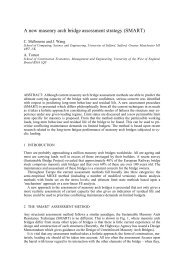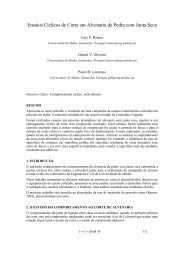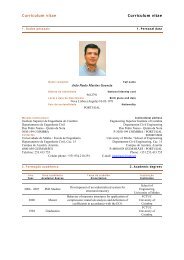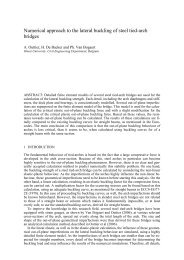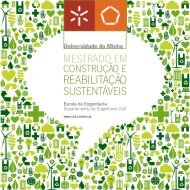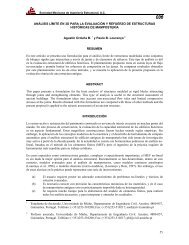Sustainable Construction A Life Cycle Approach in Engineering
Sustainable Construction A Life Cycle Approach in Engineering
Sustainable Construction A Life Cycle Approach in Engineering
You also want an ePaper? Increase the reach of your titles
YUMPU automatically turns print PDFs into web optimized ePapers that Google loves.
2 ENVIRONMENTAL ASSESSMENT OF BUILDINGS<br />
In the 1990s, <strong>in</strong>dustrial sectors, <strong>in</strong>clud<strong>in</strong>g the build<strong>in</strong>g sector, started to recognise the impact of<br />
their activities on the environment. Public policy and a grow<strong>in</strong>g market demand for environmentally<br />
sound products and services forced the build<strong>in</strong>g sector to focus on the environmental<br />
performance of build<strong>in</strong>gs. When aim<strong>in</strong>g to reduce environmental impact, a yardstick for measur<strong>in</strong>g<br />
environmental performance was needed (Crawley & Aho, 1999). The specific def<strong>in</strong>ition<br />
of the term “build<strong>in</strong>g performance” is complex, s<strong>in</strong>ce different actors <strong>in</strong> the build<strong>in</strong>g sector<br />
have differ<strong>in</strong>g <strong>in</strong>terests and requirements (Cole, 1998). Economic performance, for example, <strong>in</strong>terests<br />
<strong>in</strong>vestors, whereas the tenants are more <strong>in</strong>terested <strong>in</strong> health and comfort related issues.<br />
(Haapio & Viitaniemi, 2008a)<br />
Separate environmental <strong>in</strong>dicators were developed for the needs of relevant <strong>in</strong>terest groups.<br />
(Haapio, 2009) The first real attempt to establish a comprehensive means of simultaneously assess<strong>in</strong>g<br />
a broad range of environmental considerations <strong>in</strong> build<strong>in</strong>gs was the Build<strong>in</strong>g Research<br />
Establishment Environmental Assessment Methods (BREEAM) <strong>in</strong> 1990 (Cole, 2005; Crawley<br />
& Aho, 1999; Grace, 2000). Over the past decade, the development of the tools has been active.<br />
Different organisations and research groups have contributed new knowledge through experience.<br />
The tools have ga<strong>in</strong>ed considerable success (e.g. CRISP, 2005,Haapio & Viitaniemi,<br />
2008a; IEA Annex 31, 2001; Khasreen et al., 2009; Reijnders & van Roekel, 1999). Cole<br />
(2005), however, suspects the success of the tools has dwarfed all other mechanisms for <strong>in</strong>still<strong>in</strong>g<br />
environmental awareness.<br />
2.1 Build<strong>in</strong>g environmental assessment tools<br />
Over the past decade, the development of the tools has been active, and the tools have ga<strong>in</strong>ed<br />
considerable success. Numerous tools have been developed for the build<strong>in</strong>g sector to help decision<br />
mak<strong>in</strong>g, and to improve the environmental performance of build<strong>in</strong>gs and build<strong>in</strong>g stocks.<br />
The variety of the tools is wide; LCA based tools, rat<strong>in</strong>g systems, technical guidel<strong>in</strong>es, assessment<br />
frameworks, checklists and certificates.<br />
However, build<strong>in</strong>g environmental assessment tools are not all commensurable. The comparison<br />
of the tools and their results is difficult. Different tools have been developed to assess new<br />
and exist<strong>in</strong>g build<strong>in</strong>gs, residential build<strong>in</strong>gs (s<strong>in</strong>gle family, multi unit), office build<strong>in</strong>gs, and<br />
other types of build<strong>in</strong>gs. (Haapio & Viitaniemi, 2008a) Different build<strong>in</strong>g environmental assessment<br />
tools use different criteria <strong>in</strong> the assessment of build<strong>in</strong>gs, and different <strong>in</strong>dicators to<br />
correspond to these criteria. Unfortunately, criteria and <strong>in</strong>dicators are not always differentiated;<br />
but rather confus<strong>in</strong>gly used as synonyms. (Haapio & Viitaniemi, 2007)<br />
Build<strong>in</strong>g environmental assessment tools emphasise the life cycle of a build<strong>in</strong>g differently;<br />
some tools cover the whole life cycle whereas other tools are more focused on the ma<strong>in</strong>tenance<br />
and the use of the build<strong>in</strong>gs. Even if the tools cover the same phases of the life cycle <strong>in</strong> the assessment,<br />
they may cover the phases differently. One tool uses several criteria for a phase while<br />
the other uses only a few criteria for the same phase <strong>in</strong> question. Moreover, the tools may use<br />
the same criteria, but different <strong>in</strong>dicators to correspond to these criteria. (Haapio & Viitaniemi,<br />
2007, 2008a)<br />
Some build<strong>in</strong>g environmental assessment tools utilise well known databases <strong>in</strong> calculation,<br />
the other rely more on guidel<strong>in</strong>es and questionnaires. Due to different data sources and collection<br />
methods, the comparison of the environmental impact of materials is impossible (Trusty &<br />
Meil, 2002). This impedes the comparison of the results of the build<strong>in</strong>gs’ environmental assessment.<br />
In addition to the results (graphs, tables, reports) some of the tools hand out different<br />
labels and certificates. The development of the build<strong>in</strong>g environmental assessment tools is challeng<strong>in</strong>g<br />
<strong>in</strong> the future. It is more practical to have a tool which clarifies ~80% of the significant<br />
issues, than a tool which clarifies ~90% of irrelevant environmental issues. (Haapio & Viitaniemi,<br />
2007) As D<strong>in</strong>g (2008) po<strong>in</strong>ts out, “Strik<strong>in</strong>g a balance between completeness <strong>in</strong> the coverage<br />
and simplicity of use is one of the challenges <strong>in</strong> develop<strong>in</strong>g an effective and efficient environmental<br />
build<strong>in</strong>g assessment method”.<br />
2.2 Integration of assessment tools and design tools<br />
Currently, most build<strong>in</strong>g environmental assessment tools are used towards the end of the design<br />
process to evaluate the environmental results. Often, these assessment tools are used by an ex-<br />
19


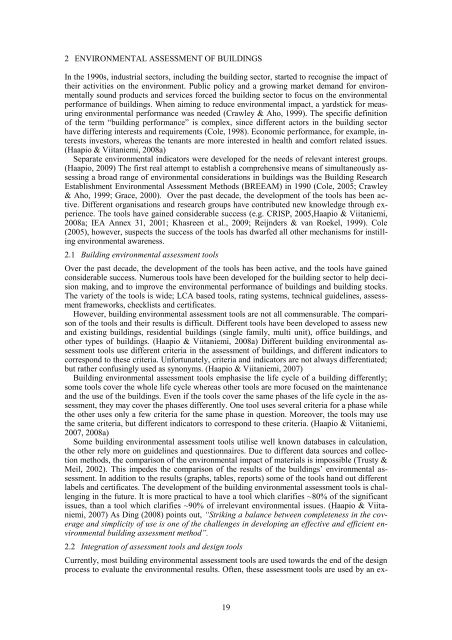
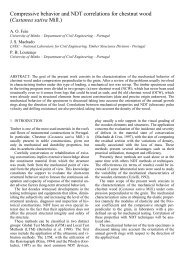
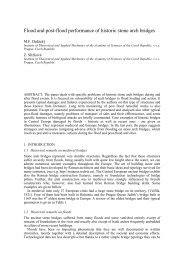
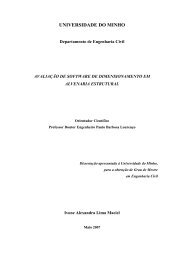
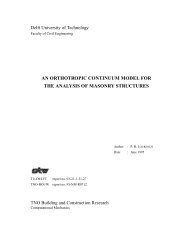

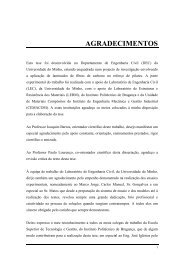

![Weibull [Compatibility Mode]](https://img.yumpu.com/48296360/1/190x134/weibull-compatibility-mode.jpg?quality=85)

